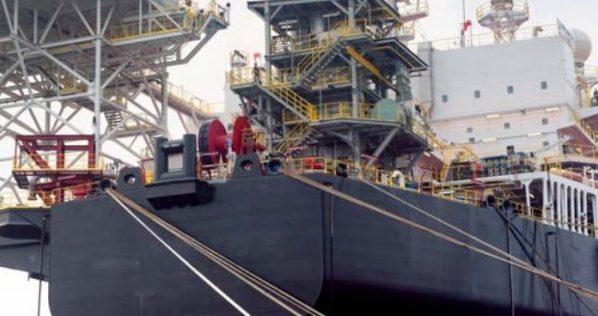The IMO International Ballast Water Convention has been ratified and will enter into force on 8 September 2017. The convention requires mobile offshore units to carry an International Ballast Water Management Certificate by this date at the latest. DNV GL has clarified the convention’s implications for offshore units.
Eventually, ballast water must be managed in a way that any ballast water discharged in other waters than where it was loaded is made harmless related to invasive species. For trading ships, this is usually obtained by treatment of the ballast water (refer to Reg. D-2 of the convention). The IMO implementation schedule for Reg. D-2 is the completion of the first IOPP renewal survey after 8 September 2017.
All offshore units need to meet the requirements of the convention:
A. Floating platforms, FSUs and FPSOs may be exempted from certain requirements of the convention. It is up to the relevant shelf authority to establish appropriate measures for these units (refer to Reg. E-1.2).
If a Ballast Water Management Certificate is not required by the shelf authorities, the requirements of the convention become applicable only in the case of relocating the unit (refer to the listed alternatives below).
For floating platforms, FSUs and FPSOs, a memo to the owner with similar content may then be issued:
As this unit is permanently located at XXX, an International Ballast Water Management Certificate is not required. Before relocation, the owner shall agree with the shelf authority with respect to the requirements of the International Ballast Water Convention.
B. For mobile offshore units (MOUs), an International Ballast Water Management Certificate or Statement of Compliance will be required.
Certificate or Statement of Compliance can be issued based on the following:
a) An approved Ballast Water Management Plan (BWMP) clearly describing how the unit intends to meet the requirements of Reg. D-2 of the convention
b) A survey to verify that the equipment and systems used to manage ballast water are in accordance with the BWMP
Technical alternatives
Compliance with the convention could be achieved by one or a combination of the following (non-exhaustive) alternatives:
a) Installation of a permanent ballast water treatment plant
b) Installation of a temporary treatment system (modularized)
c) Transferring ballast water to another ship, unit, barge or onshore facility for further treatment in those occasions where treatment is needed
d) Exclusion of the use of ballast water for transits
Examples:
1) For MOUs which transit regularly between different geographical areas, and use ballast water during these transits, a permanent ballast water treatment plant should be considered.
2) MOUs which do not regularly transit between different geographical areas, or do not normally use ballast water in transit conditions, may not be required to install permanent treatment plants and could consider alternatives b) through d) above.
It is the owner’s responsibility to clarify with all the relevant authorities (e.g. coastal, port, shelf) the requirements for ballast water management in the relevant area.
Compliance in the transitional period
During the transitional period from 8 September 2017 to completion of the first IOPP renewal survey, a Certificate or Statement of Compliance can be issued based on the following:
a) An approved BWMP describing how the unit will exchange ballast water in deep waters during transit in order to comply with the requirements of Reg. D-1 in the convention
b) A survey to verify that the unit is equipped for the intended ballast water exchange described in the BWMP Recommendations Further details may be found by reading DNV GL’s statutory Source & Image credit: DNV GL































































